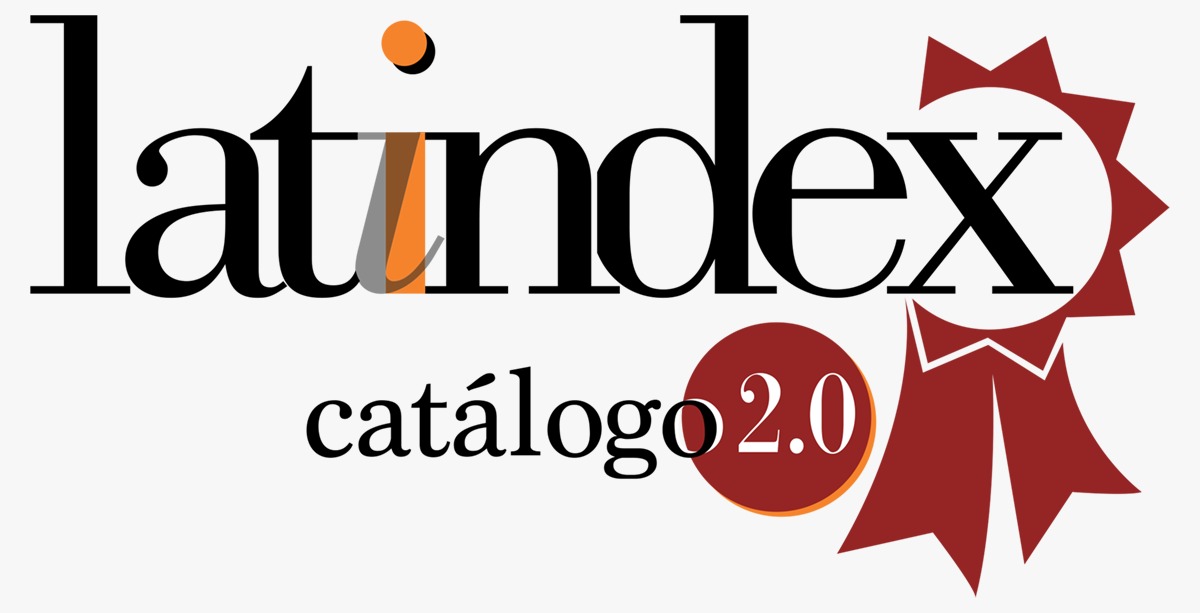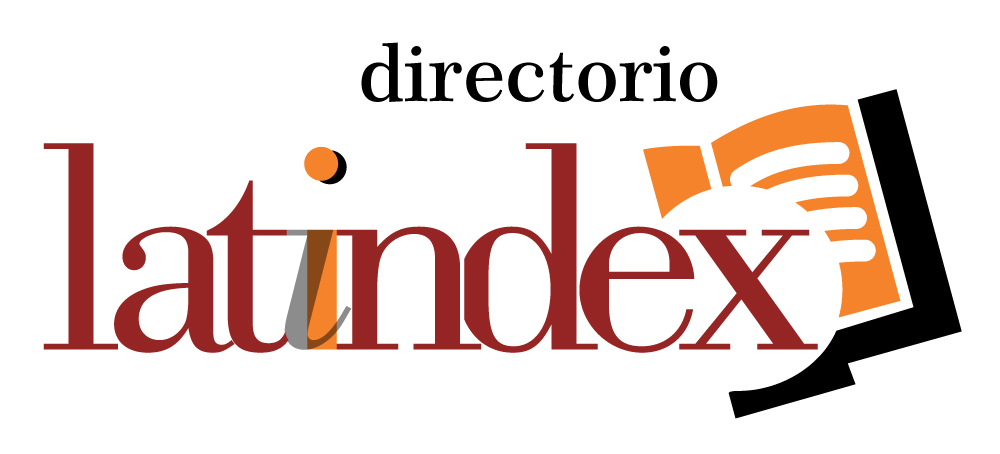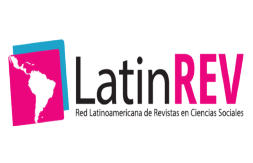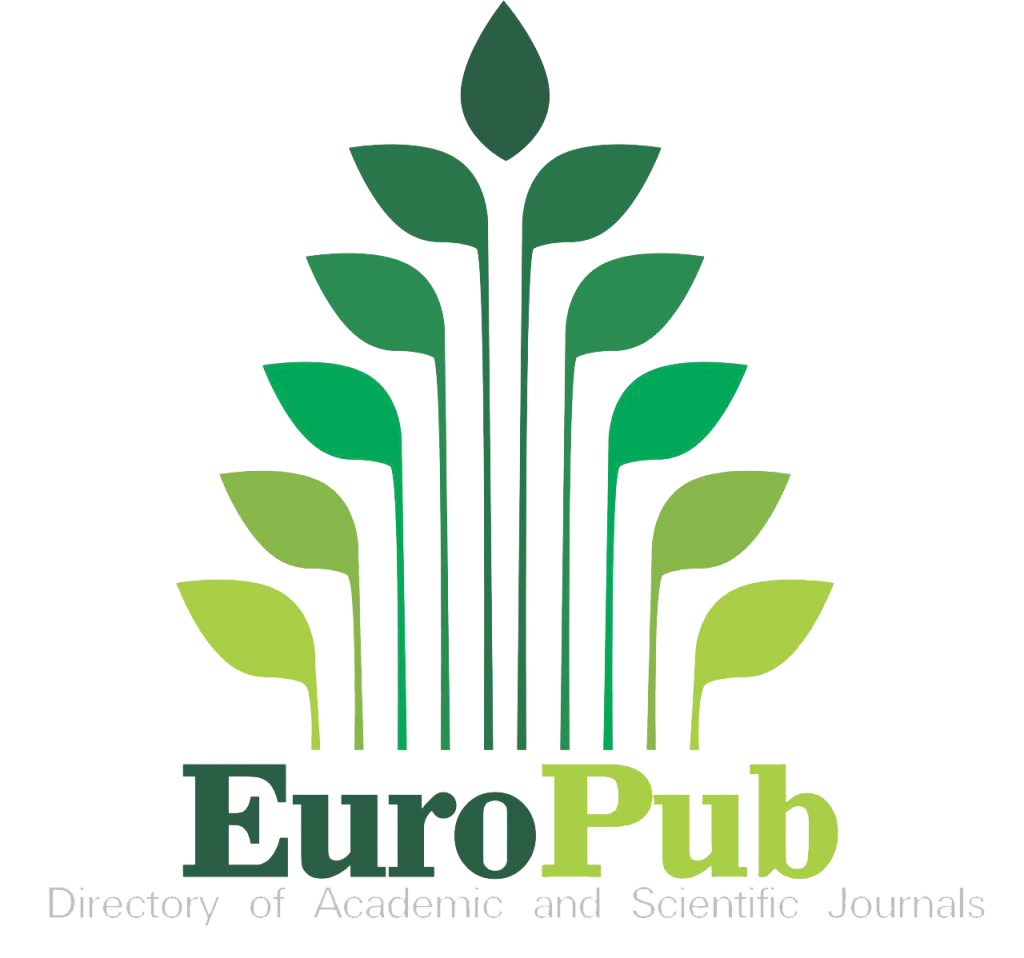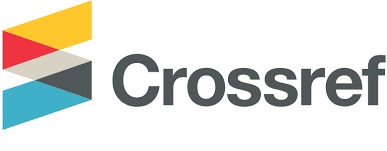Probability of forgiveness, marital satisfaction, and happiness: A predictive and correlational study of couples in the Peruvian highlands
DOI:
https://doi.org/10.57188/RICSO.2025.713Keywords:
Probability of forgiveness, marital satisfaction, happiness, couples, highlandsAbstract
This study, derived from a previous investigation for obtaining a master's degree in family therapy, aimed to determine the prediction and correlation between the probability of forgiveness, marital satisfaction, and happiness in couples in the Peruvian highlands. This is because constructs such as happiness in couples have been topics of great interest in the field of psychology in recent times. Regarding the methodology, the research adopted a quantitative approach, of a predictive-correlational type and a non-experimental-cross-sectional design. The sample design consisted of 300 couples using a non-probabilistic sampling type at the author's convenience. The findings indicated a direct and significant relationship between marital satisfaction and a positive sense of life (P = 0.000 < 0.05); likewise, the correlation between the emotional aspects of the spouse and the positive sense of life was verified, where a positive and direct relationship was found, since (P = 0.001 < 0.05); At the same time, an association was found between the organizational and structural aspects of the relationship and the positive meaning of life (P = 0.001 < 0.05); it was also verified that marital satisfaction predicts life satisfaction by 8.6%, personal fulfillment by 2.5%, and joy of life by 4.4%. The research concludes that the likelihood of forgiveness and marital satisfaction predict happiness and its other components in couples in the Peruvian highlands.
Downloads
Downloads
Published
Issue
Section
License
Copyright (c) 2025 International Journal of Social Sciences

This work is licensed under a Creative Commons Attribution-NonCommercial-NoDerivatives 4.0 International License.
The journal is a free open access dissemination medium. This journal and its articles are published under the Creative Commons Attribution-NonCommercial-NoDerivatives 4.0 International License (CC BY-NC-ND 4.0).

